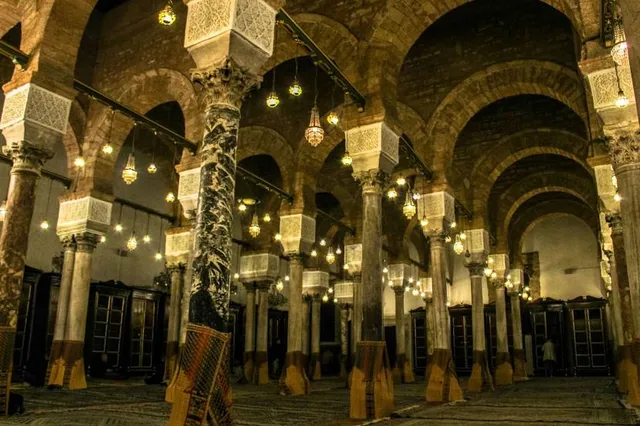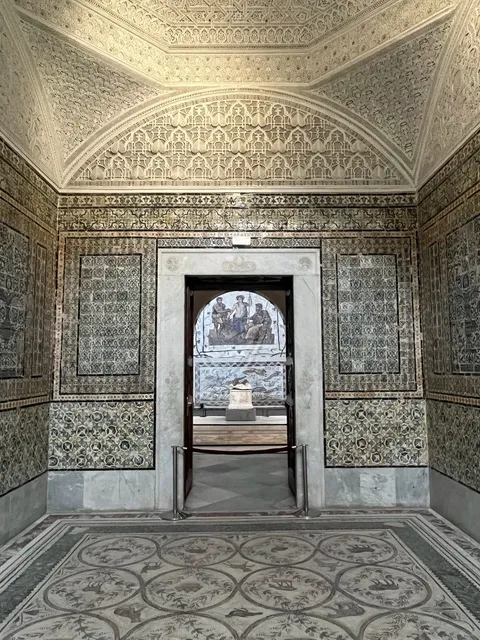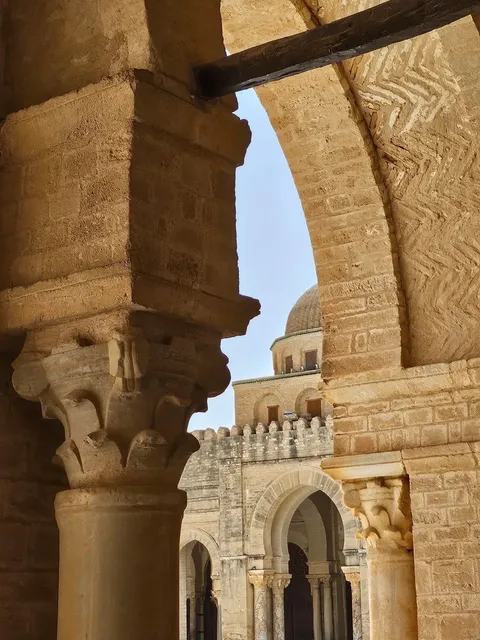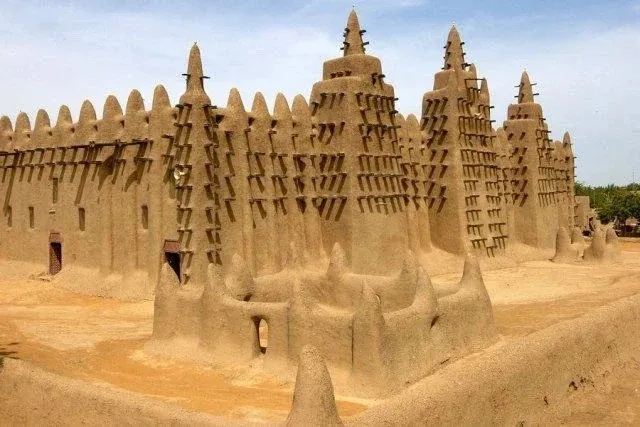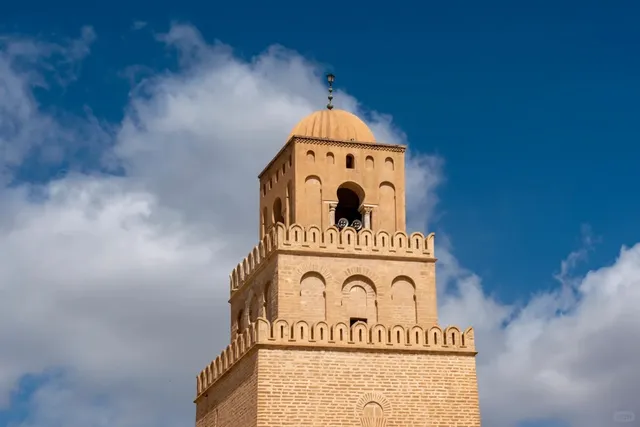Ez-Zitouna Mosque things to do, attractions, restaurants, events info and trip planning
Basic Info
Ez-Zitouna Mosque
Q5XC+454, 30 Rue Jamaa Ez Zitouna, Tunis, Tunisia
4.6(1.4K)
Open 24 hours
Save
spot
spot
Ratings & Description
Info
Al-Zaytuna Mosque, also known as Ez-Zitouna Mosque, and El-Zituna Mosque, is a major mosque at the center of the Medina of Tunis in Tunis, Tunisia. The mosque is the oldest in the city and covers an area of 5,000 square metres with nine entrances.
Cultural
Accessibility
attractions: Madrasa Slimania, Hammouda Pacha Mosque, Chateau de la Medina, Sidi Youssef Dey Mosque, Dar Bach Hamba, Kasbah Mosque, Royal Mausoleum of Tourbet el Bey, Episcopal Library, Dar Othman, Medina of Tunis, restaurants: Fondouk El Attarine, Restaurant set al habayeb, Dar Belhadj, El Ali Restaurant & Cafe, Dar Slah, Dar El Jeld Restauraunt, Essaraya Restaurant, Doken, Mahdaoui Food, Baraka Restaurant
 Learn more insights from Wanderboat AI.
Learn more insights from Wanderboat AI.Phone
+216 56 480 544
Website
zitounatunisia.com
Plan your stay

Pet-friendly Hotels in Tunis
Find a cozy hotel nearby and make it a full experience.

Affordable Hotels in Tunis
Find a cozy hotel nearby and make it a full experience.

The Coolest Hotels You Haven't Heard Of (Yet)
Find a cozy hotel nearby and make it a full experience.

Trending Stays Worth the Hype in Tunis
Find a cozy hotel nearby and make it a full experience.
Reviews
Nearby attractions of Ez-Zitouna Mosque
Madrasa Slimania
Hammouda Pacha Mosque
Chateau de la Medina
Sidi Youssef Dey Mosque
Dar Bach Hamba
Kasbah Mosque
Royal Mausoleum of Tourbet el Bey
Episcopal Library
Dar Othman
Medina of Tunis
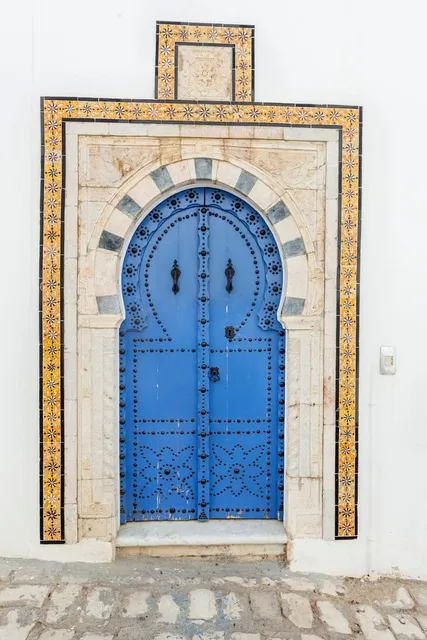
Madrasa Slimania
4.5
(51)
Open 24 hours
Click for details
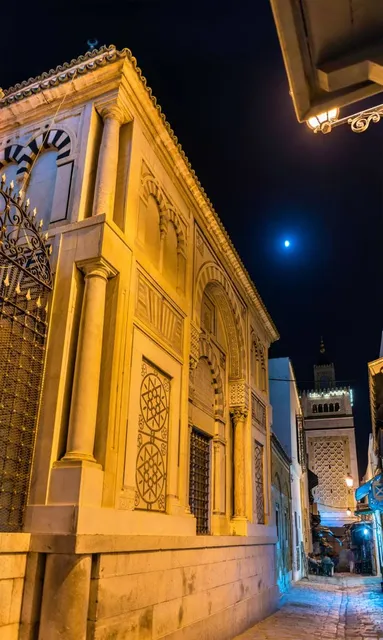
Hammouda Pacha Mosque
4.7
(76)
Open 24 hours
Click for details
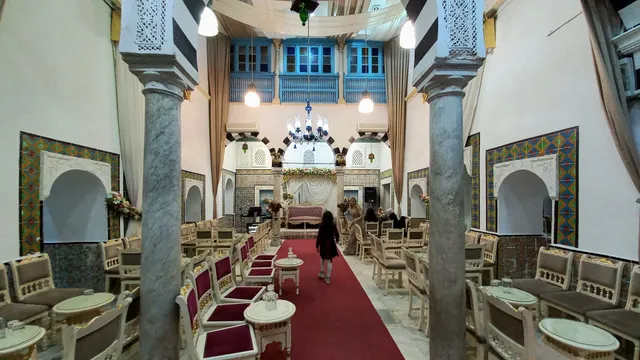
Chateau de la Medina
4.1
(58)
Open 24 hours
Click for details
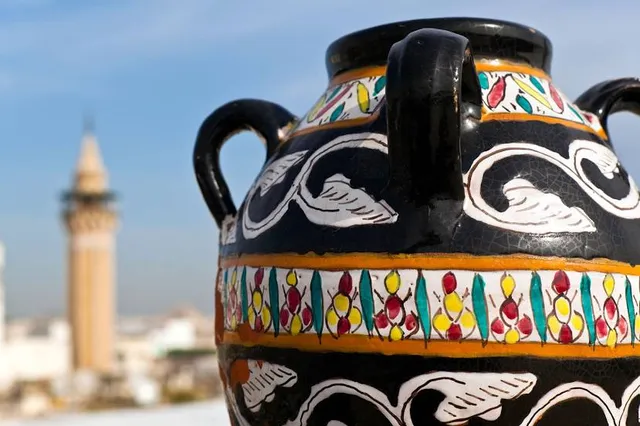
Sidi Youssef Dey Mosque
4.6
(48)
Open 24 hours
Click for details
Nearby restaurants of Ez-Zitouna Mosque
Fondouk El Attarine
Restaurant set al habayeb
Dar Belhadj
El Ali Restaurant & Cafe
Dar Slah
Dar El Jeld Restauraunt
Essaraya Restaurant
Doken
Mahdaoui Food
Baraka Restaurant

Fondouk El Attarine
4.2
(476)
Click for details

Restaurant set al habayeb
4.9
(296)
Click for details

Dar Belhadj
4.3
(222)
Click for details

El Ali Restaurant & Cafe
4.1
(394)
Click for details
